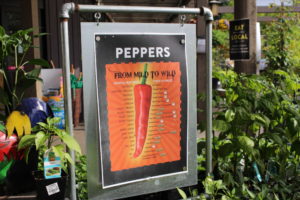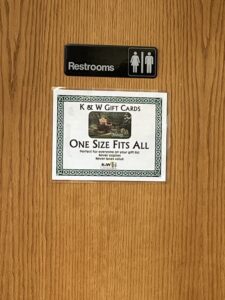
Halloween Sales Surge
From costumes to candy, people of all ages will be getting into the Halloween spirit as the year’s spookiest holiday approaches. According to the National Retail Federation’s (NRF) Consumer Intentions and Actions Survey, conducted by BIGresearch, consumers are expected to spend $4.96 billion this Halloween, up significantly from just $3.29 billion a year ago.
The spending increase is largely due to a surge in celebrating. According to the survey, nearly two-thirds (63.8 percent) of consumers will celebrate Halloween this year, a noticeable rise over the 52.5 percent that celebrated in 2005. Halloween activities will range from handing out candy (73.4 percent) to dressing in costume (34.0 percent) and visiting a haunted house (17.2 percent). In addition to a rise in celebrations, per-person spending is also increasing: The average consumer plans to spend $59.06 on Halloween, compared to $48.48 last year.
Maintaining its spot as the second-biggest decorating holiday of the year after Christmas, decorations continue to be a strong category as 67.0 percent of consumers plan to purchase Halloween décor and almost half (48.6 percent) plan to decorate their homes or yards. Additionally, most people (95.7 percent) will be scooping up plenty of candy, with the average consumer spending $18.72 in the category. Costumes are also expected to increase in popularity this year with consumers spending $21.57 to dress up.
The popularity of Halloween among young adults continues to surge for the second year in a row. This year 85.3 percent of 18-24 year olds plan to celebrate the holiday, which is up from 66.8 percent last year. But they aren’t the only ones taking advantage of the ghoulish fun – 76.5 percent of consumers aged 25-34 and 71.3 percent of 35-44 year-olds will be joining in the fun.
Though growing, Halloween remains the sixth-largest spending holiday after the winter holidays ($457.4 billion estimated), Valentine’s Day ($13.70 billion), Easter ($12.63 billion), Mother’s Day ($13.80 billion) and Father’s Day ($9.01 billion). Because it is not a gift-giving holiday or an apparel holiday, it ranks lower than other annual holidays in terms of spending.



















 Videos
Videos





